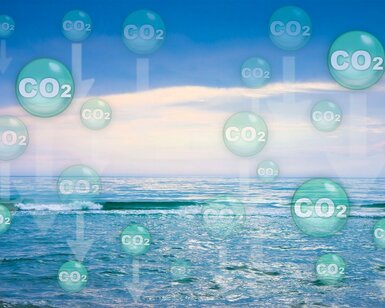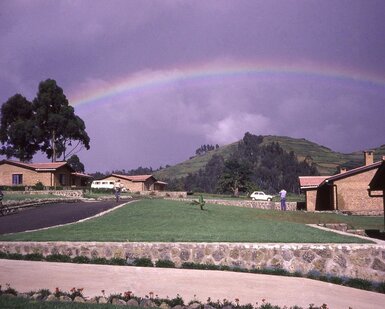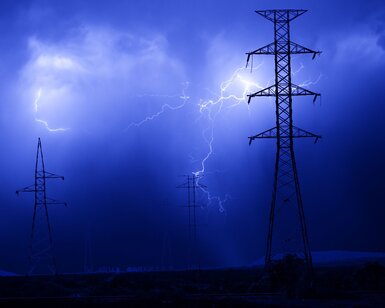Please type a search term (at least two characters)
News
A firm foundation to tackle climate change
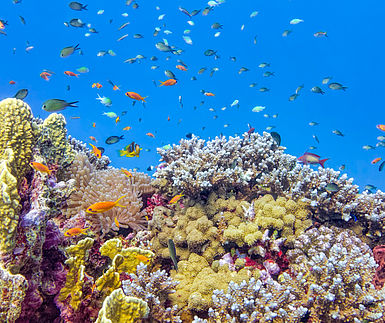
Introduction to the European Metrology Network for Climate and Ocean Observation
“We are living at a unique point in history: earlier generations did not fully understand the impacts humanity has on the environment, and in 20 years’ time it will probably be too late to solve our problems. Right now, the evidence is clear and it’s not too late to do something about it.” Emma Woolliams, acting Chair of the European Metrology Network (EMN) for Climate and Ocean Observation, believes that Europe needs to lead globally with evidence-based policy: using our scientific understanding of the climate and the state of the oceans to inform policy.
There are 54 defined “essential climate variables” and 11 additional “essential ocean variables” that climate modellers and oceanographers tell us they need for the models that can support politicians’ decision-making. “Any action that tackles climate change is expensive, so we rely on model predictions to choose which actions to take. But, the people who measure climate variables often face difficulties with getting them to the required accuracy,” says Emma. The kind of measurements she’s referring to can also allow people to make good decisions in their own lives: instead of just throwing fertiliser across the whole field, a farmer can now see from satellite images which parts need fertiliser and which just need more water.
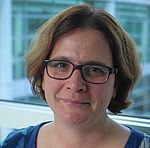
The EU has invested over 8 billion euro in establishing and running the Copernicus Information Services – “Europe’s eyes on Earth” – that give people free and open access to facts, figures, and evidence they need to make informed choices in six categories: atmosphere, marine, land, climate change, security and emergency. Underpinning these are the measurement networks: instruments, observation centres and satellites making measurements. Emma explains, “as metrologists we know that it’s essential that any information services are built on a firm foundation of good measurement science. That’s the reason why we initiated the European Metrology Network for Climate and Ocean Observation. We are aiming to build a firm foundation which helps to tackle the climate challenge”.
The EMN creates the added value of a single contact point for metrology services and expertise, helping to embed it into measurement networks and with relevant industry organisations. “We also recognise that there are many stakeholders who want to “do metrology” but don’t know quite how,” says Emma. “Often because we use words in slightly different ways.” As a result, it is important for the network to create engagement between stakeholders and metrologists, so that on one hand, the EMN understands stakeholder needs better, and on the other, stakeholders can understand how metrology improves the interoperability, consistency, and long-term stability of their observation systems. By taking this approach, measurement science can help society to take advantage of this unique point in history tackling climate change and creating sustainability in our oceans.
Want to hear more about EURAMET?
Carbon dioxide, released from man-made activities, is lowering the pH of the Earth’s oceans, and impacting the health of marine organisms worldwide more
Supporting automated and reconfigurable manufacturing systems more
Working with external project Cool White to test and suggest improvements on the locally available white paints more
The project FutureEnergy has provided new calibration services for ultra-high voltages and a good practice guide on Lightning Impulse dividers more
For many of the 5000 photonics companies in Europe a precise knowledge of a material’s optical properties is vital for industrial competitiveness more

